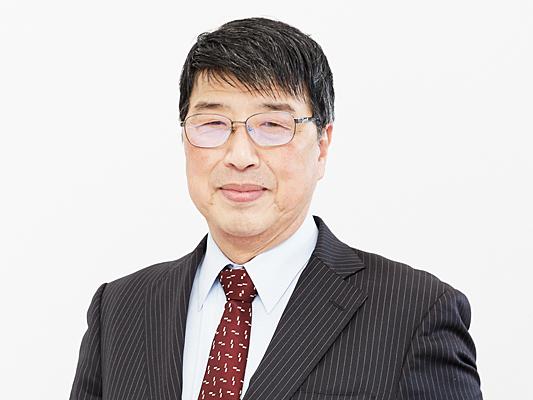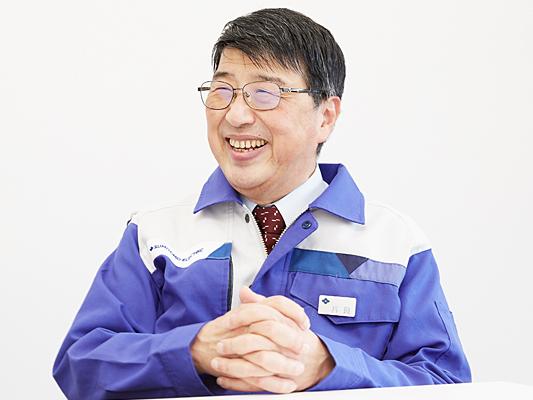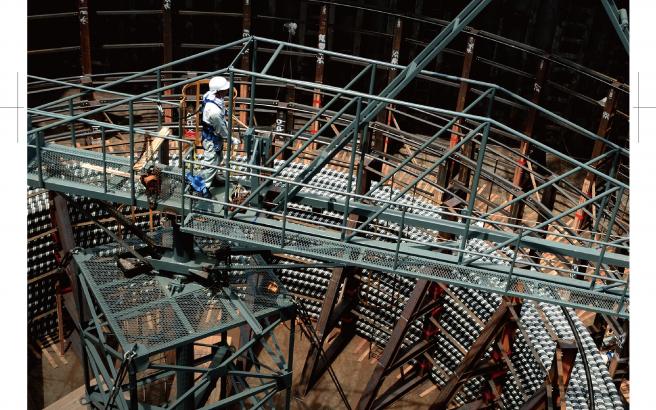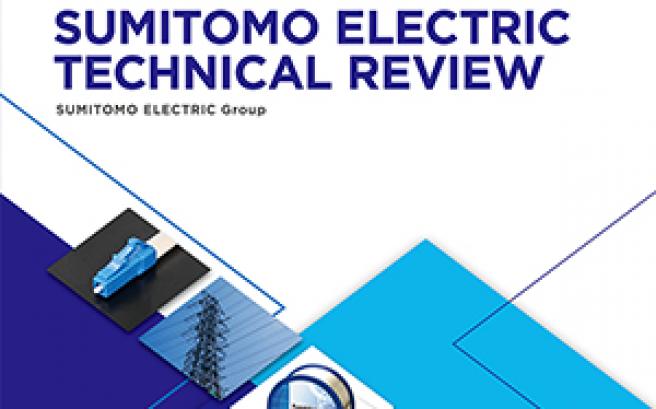
A Commitment to the Truth Sparks Creativity and Product Innovation

“Even if you fail,
learn a lesson from it.”
Shoshi KATAKAI
Shoshi KATAKAI
Ph.D.
Fellow
Power Cable Division
Specialized in development and research of insulating materials and EHV cables.
Most distinguished achievement: Development of a new polymeric insulating material for DC power cables.
No product we use today was created on mere whim. The home appliances that make our lives easier, the small sundries we use every day, the infrastructure that supports all aspects of our home and work lives—each of these has been created by the knowledge and insight collected through repeated experimentation and failure.
For industrial product development, trial and error is fundamental to attaining high performance of a material or device. But this kind of research is also fundamental to ensuring the maximization of other aspects of the process, such as striking a balance between value and cost, assuring durability, and improving efficiency.
The development of any new technology or method is the result of engineers dedicated to addressing and overcoming challenges and failures, large and small. Sumitomo Electric has an engineer who created innovative technology in power cables by tackling continuous challenges under the creed of “seek the truth.” This notion must serve as the bedrock of engineering.
Unraveling an unexpected phenomenon
In the 1980s, the world’s highest voltage alternating current (AC) cable insulated with cross-linked polyethylene (XLPE) was developed. It performed exceptionally well until it mysteriously failed after seven years. The failure was due to dielectric breakdown, which occurs when the insulating material fails to transmit the flow of electricity. Once a product’s failure occurs, unraveling the cause of the failure is important in order to address how to overcome it and how to prevent future failures. That’s when Shoshi Katakai entered the picture.
Around the breakdown point in the insulation, there were traces of complicated and mysterious electric trees in random directions. In general, electrical trees are a pre-breakdown phenomenon during the propagation of breakdown paths in the electric field. The electrical trees are given their name due to their resemblance to the branches. No one had seen these complicated and mysterious trees before. Therefore, it seemed impossible to explain the cause of this phenomenon and to reproduce it.
But Katakai took the goal of seeking the truth to heart. Even though his attempts to reproduce this treeing behavior failed, he did not give up. For half a year he tackled this problem, subjecting the insulation material to electrical fields under different conditions. He increased the field’s strength beyond normal usage in an attempt to accelerate whatever process might create these trees.
After six months, he arrived at the “truth” that the same phenomenon will occur in 7 years. It turned out that the cause was not a material problem or a construction mistake, but a manufacturing control process and an inspection method. At that point in the 1980s, the computer-based manufacturing control technology and the available inspection capabilities had not matured to the levels we are accustomed to today. Both elements contributed to the insulator’s potential for breakdown.

After identifying the cause, Katakai considered the cause might be a liability issue for the company, but instead he received words of appreciation from the customer for investing in this work. The knowledge obtained through this investigation enabled enhanced safety and reliability even further in other products.
Failure can lead to the shortest path
As an electrical engineering major, Katakai spent many days conducting experiments in the university laboratory. His professor impressed on him the importance of exploring why a particular phenomenon occurs. When he graduated, his professor offered the words: “Seek the truth. Then, you will be recognized by others.” And as an engineer, Katakai worked to follow that advice.
He compares this approach to the concept of a “ladder lottery,” in which someone follows a series of random lines to reach a destination — think of a maze with multiple entrances and exits, and no way to predict which approach leads to which result. “Following many lines in a ladder lottery to reach the only answer is not easy,” he says, “But when you fail to reach the answer, you can trace back and study why your method failed and find the shortest way to the answer.” It was crucial to his success of identifying the root cause of the cable failure. And it has led to developments that have surprised experts and redefined the industry.


